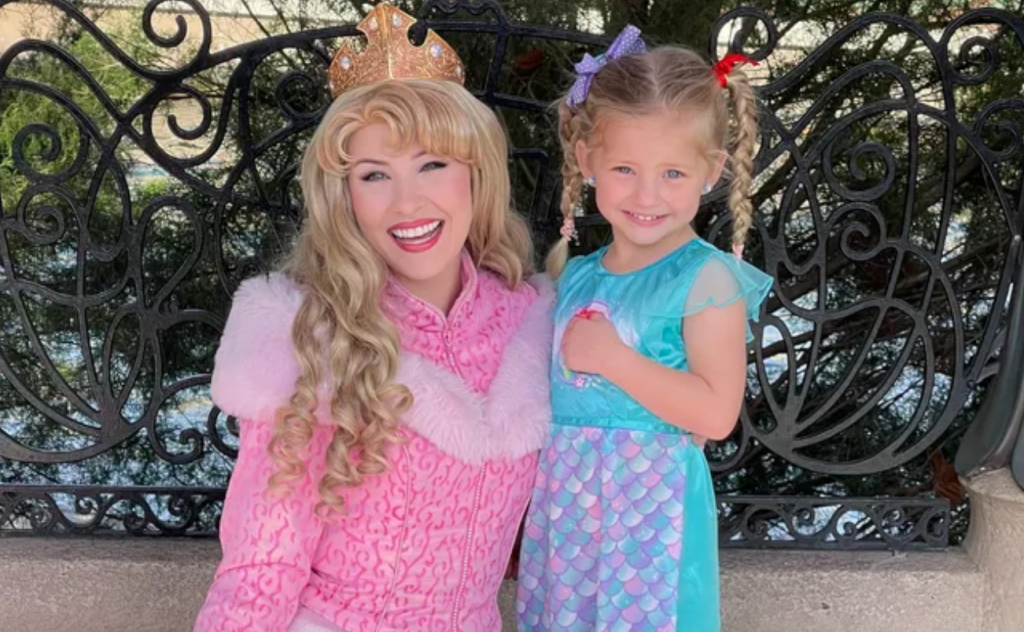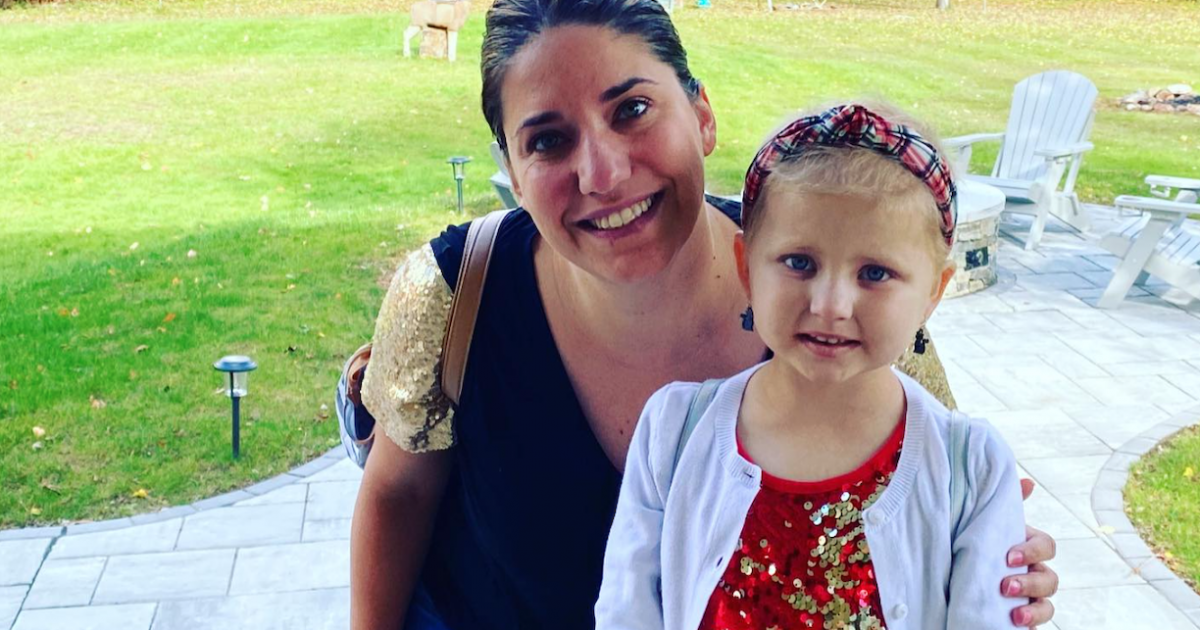A Fighting Spirit
- Mom of 5-year-old “Swiftie” Ava Blazis says that her daughter’s love for superstar Taylor Swift is helping with her “resilience” during the little girl’s battle with acute lymphoblastic leukemia (ALL).
- ALL is a type of cancer of the blood and bone marrow. The American Cancer Society says that approximately 3 out of 4 leukemias among children and teens are acute lymphocytic leukemia. ALL is most common in early childhood, peaking between 2 and 5 years of age, says the ACS.
- It is important to remember that the pediatric form of ALL is different and kids often have better outcomes.
- The main treatment for children with ALL is chemotherapy, which is usually given in three main phases: Induction, Consolidation and Maintenance
- If you would like more information on what you can do to ensure your child is getting the best treatment possible, consider the following resources for families affected by childhood cancer from the National Cancer Institute HERE.
ALL is a type of cancer of the blood and bone marrow. The American Cancer Society says that approximately 3 out of 4 leukemias among children and teens are acute lymphocytic leukemia. ALL is most common in early childhood, peaking between 2 and 5 years of age, says the ACS.
Read MoreThey are still determined to get to one of Swift’s shows someday.
“She looks like a princess, but she fights like a Swiftie,” Angela said of her daughter’s overall spirit channeling the Grammy-winning artist. “She’s definitely a fighter. So although her treatment will be for the next two-and-a-half years, we will get through this. We have to.”

Ava’s Treatment for ALL
According to the American Cancer Society, the main treatment for children with ALL is chemotherapy, which is usually given in three main phases:
- Induction
- Consolidation (also called intensification)
- Maintenance
The induction phase of treatment for ALL usually takes 28 days, but Ava’s took 64.
“The induction period was probably the hardest period of my life and of her life,” Angela said, explaining the different stages of leukemia treatment. “I didn’t leave her bedside the entire time.”
She passed the time by playing dress up and listening to Taylor Swift’s music. “The resilience and the will to just get through this, it’s really remarkable,” Angela said of what she witnessed.
Ava is now doing outpatient chemotherapy sessions and “prances” into her infusions in ball gowns, with many of the doctors dancing right along with her to her Swift tunes.
Angela shared that her daughter, who has an older brother, started receiving friendship bracelets and other “Swift-themed gifts” that she believes could be from the singer, as the star and her team are known for that sort of generous and uplifting spirit.
“Maybe she’ll find us somehow,” Angela says. Now that the little girl’s story is starting to go viral, if Swift hasn’t caught wind about her little fighter yet, perhaps she will very soon. In fact, Angela is in touch with The Jimmy Fund about a potential meeting with Swift in Kansas City, where her boyfriend Travis Kelce plays for the Chiefs NFL football team.
Angela also noted that Kelly Clarkson’s team reached out to her via Facebook but nothing has been set yet.
The family has been generously supported by friends, family and strangers simply moved by Ava’s story, who have collectively donated over $90,000 to the family on GoFundMe to help them during this difficult time in their lives.
Learning More About ALL
Being diagnosed with acute lymphoblastic leukemia (ALL) can be emotionally overwhelming, especially for a young child and their family.
Patients and their loved ones will typically have many questions about the disease and how it will affect them. Dr. Olalekan Oluwole, a hematologist with Vanderbilt University Medical Center, spoke with SurvivorNet in a previous interview to answer some of the most frequent questions people have after an ALL diagnosis.
Dr. Oluwole says many times people worry that they might pass the disease on to other family members and wonder how they got it in the first place. He explained that in most causes it’s a quiet mutation that causes the leukemia.
“It is often not something that is heritable,” Dr. Oluwole told SurvivorNet. “If there happens to be a pattern in a certain family, many times that may be maybe because they were in the same environment. ‘I got exposed to the same thing, right?’ So it is not necessarily something that is heritable or like some of the other cancers, some of the other genes that we know about things like breast cancer. ALL is not like that.”
All About Acute Lymphoblastic Leukemia (ALL) — The Most Common Questions About the Disease
He said another question he hears frequently is what if people do nothing after a diagnosis.
“The ALL grows very, very fast. If we don’t do anything, it will cause somebody to die within a few weeks,” Dr. Oluwole says, stressing the importance of immediate care.
He says many times the leukemia is rested in the bone marrow, and because it is an abnormal growth, it just keeps dividing.
“It doesn’t follow rules, and it doesn’t stop,” he told SurvivorNet. “Not only that, because this is part of the immune system, the immune system is sorta like the police of the body. So those abnormal cells that have now become cancer, they have the ability to go to many places. They go into the blood, and they often go into the tissue or the lining around the brain.”
“By the time somebody comes to us and they have ALL we already assume that it has gone everywhere in the body, and we have to treat them like that,” Dr. Oluwole says.
He says many patients present with fever or infections because the bone marrow has “failed in its ability to make other types of blood cells.”
As for support after such a life-changing diagnosis, he says there are trained professionals such as have case managers and hospital navigators exist to aid people through their cancer journeys.
“Cancer is a really life-changing diagnosis and we would like our patients to know they don’t have to feel as if they are on their own.”
Resources for Parents Affected by Childhood Cancer
There are many resources out there to turn to if you are caring for a child with cancer. If you would like more information on what you can do to ensure your child is getting the best treatment possible, consider the following recommendations from the National Cancer Institute.
- “Build strong partnerships” – Communicate openly and honestly with your child’s care team. You want to build a solid relationship with the people treating your child so you feel confident asking any questions and discussing your child’s treatment path.
- “Take advantage of the many specialists who can help your child” – There are many people who can help you and your child after the diagnosis arrives. Don’t hesitate to ask for specialists to help you and your child learn about their disease, understand how it will be treated and cope with difficult emotions.
- “If you get information online, make sure the source is credible” – Doing your own research is a great way to advocate for your child, but it’s important you’re looking at reliable sources such as (but not limited to) the National Cancer Institute, Mayo Clinic, Cleveland Clinic, National Comprehensive Cancer Network and American Society of Clinical Oncology, among others. Talk to doctors about what you’re finding and don’t hesitate to get multiple opinions regarding your child’s treatment path.
- “Make sure you understand what your child’s health care team tells you” – You need to ask for clarification if something about your child’s diagnosis or treatment is confusing.
- “Keep your child’s pediatrician updated” – Make sure your child’s cancer care team is sending updates to their regular pediatrician.
Learn more about SurvivorNet's rigorous medical review process.


